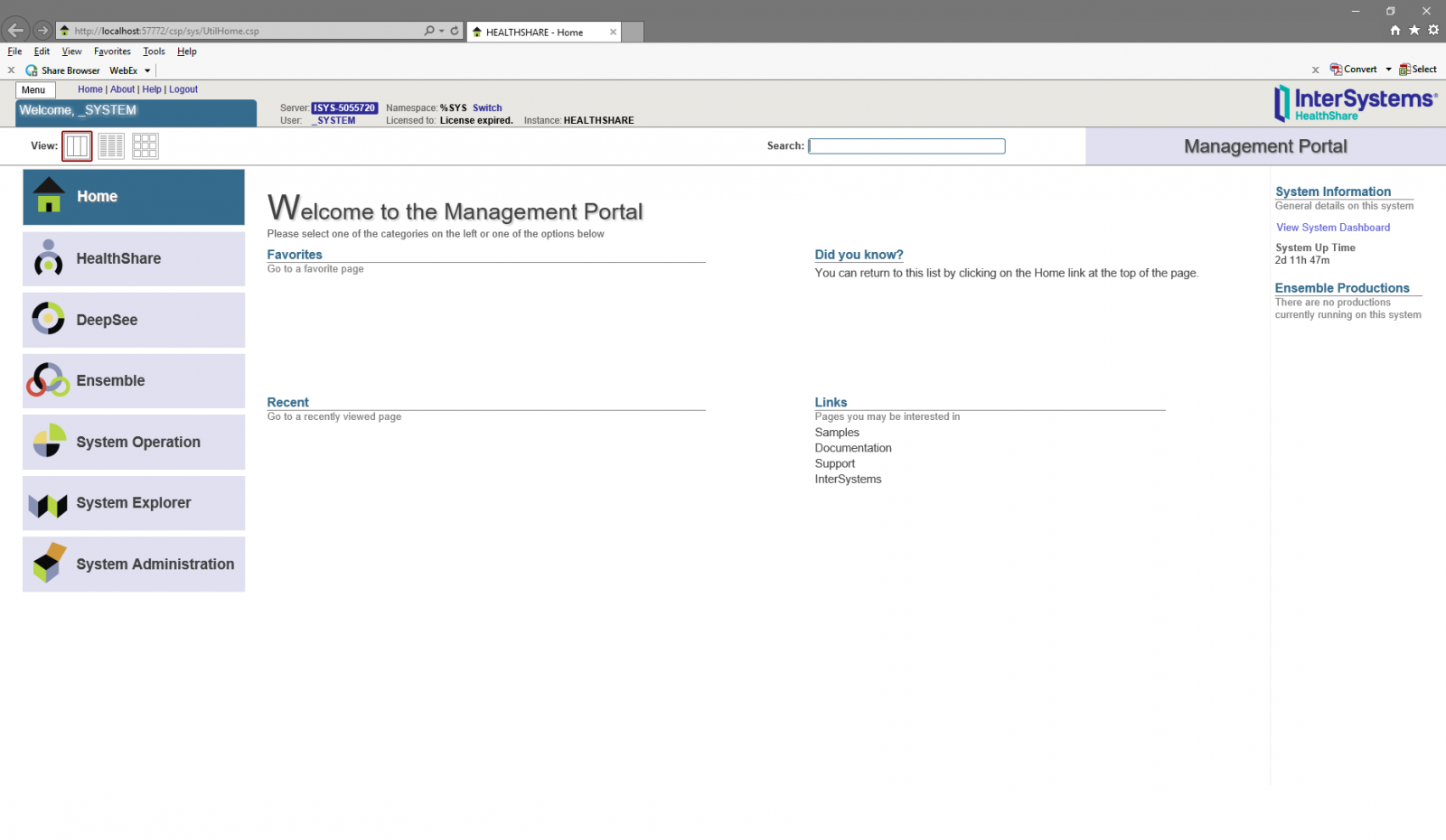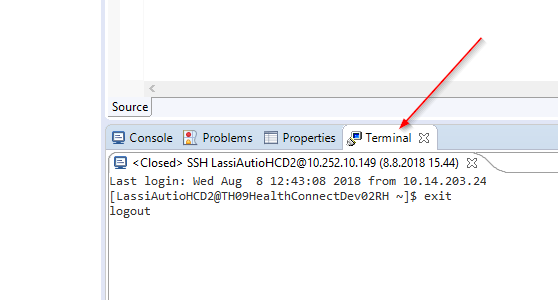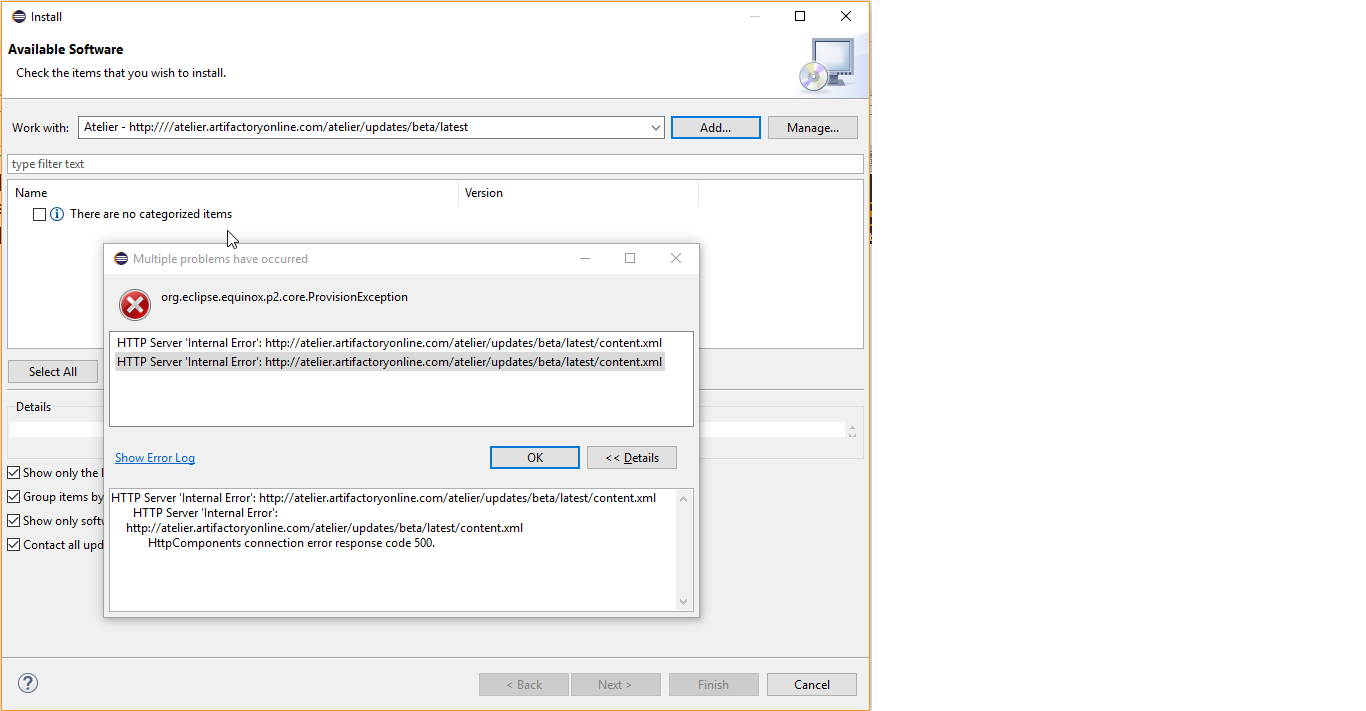If you're interested in building a browser-based CRUD application for maintaining data on IRIS, check out the detailed, step-by-step tutorial at:
https://github.com/robtweed/qewd-microservices-examples/blob/master/WIND...
To get a preview of the application you'll build in the tutorial, along with background on its technology stack, watch this video:

.png)


 This the issue i am getting while trying to install atelier using eclipse oxygen
This the issue i am getting while trying to install atelier using eclipse oxygen